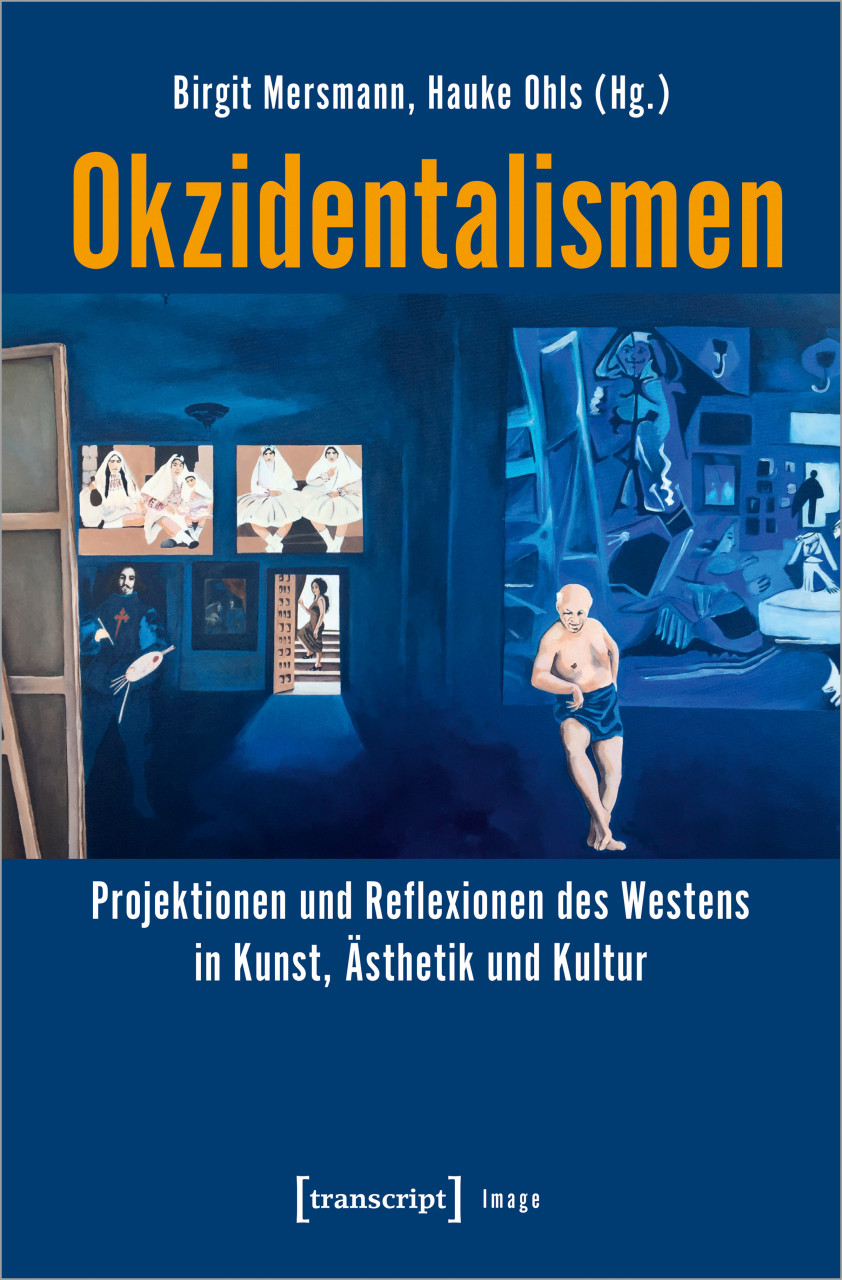Publication
"Paul Klee, islamische Kunst und arabische Moderne"
Silvia Naef
In: Birgit Mersmann/Hauke Ohls (Eds.), Okzidentalismen. Projektionen und Reflexionen des Westens in Kunst, Ästhetik und Kultur. Bielefeld: transcript, p. 239-256.
The first phase - that of adoption - of Western-style modern art in the Arab world is characterized by a strong Occidentalism and a break with Islamic art. As part of the modernization efforts, art practice was to be assimilated to European models. It was about the actual appropriation of an art skill.
Starting from the late 1940s, the realization that Islamic art was an essential part of the modern understanding developed by artists such as Paul Klee or Matisse led Arab artists to its reappropriation, without this resulting in its revival. Based on the reflections prepared by the Baghdad Group for Modern Art in 1951, the writings and works of other formative modernist artists will be used in this article to address the complex and multifaceted nature of the relationship to Islamic heritage in art, which can be understood neither as anti-Occidentalism nor as nativist Occidentalism.
More information here.

